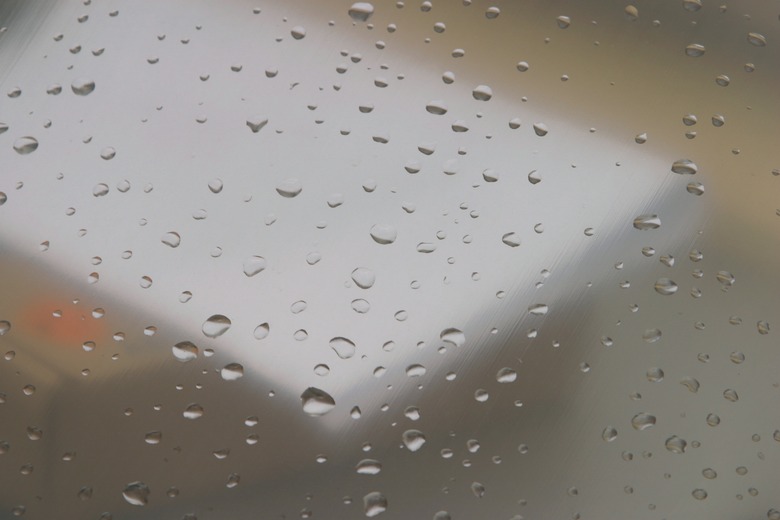Glass Windows Vs. Plexiglas For Keeping Out The Cold
Windows are responsible for a great percentage of heat loss in wintertime. Plain, single-pane glass windows are inexpensive, but also ineffective at keeping heat inside the home and stopping cold outside air from entering. Energy efficient window glass is available, however. Depending on factors such as how it is manufactured, Plexiglas may also be an efficient glazing material to keep cold outside air from infiltrating the home.
Plexiglass
Plexiglass
Plexiglas is the trademarked name of acrylic sheet material with a wide range of uses, including glazing for windows. The material may be clear, semi-transparent or opaque, and is shatter-resistant. Clear Plexiglas for window glazing may have a higher initial cost than single-pane glass, but weighs only half as much. Plexiglas may be manufactured to repel solar glare or filter out harmful ultraviolet light. Clear Plexiglas admits up to 92 percent of available visible light.
Glass
Glass
Glass is formed when sand is heated to temperatures well above its melting point. The traditional material used for window glazing, glass admits only about 80 percent of the available visible light. Glass does not scratch as easily as acrylic, but breaks more easily. Windows may be glazed with single-pane glass, or with two or three pieces of glass separated by a space filled with air or gas. Double- and triple-pane windows block warm air from escaping the home more efficiently than single-pane windows. Low-emittance, or low-E, glass has a thin coating that helps hold in heat in winter and keep it out in the summer. Each layer of glass, in addition to the air spaces in between, resist heat flow. Double- and triple-pane glass windows are heavier and more expensive than single-pane glass.
U-Factor of Glass
U-Factor of Glass
When you shop for window glazing products, look for a low U-factor. The U-factor is a measure of the product's ability to keep heat from escaping. Glass generally has a U-factor between .25 and 1.25, but the actual number varies by manufacturer and how the window is made. A double-glazed, low-emittance glass with gas between the panes has a U-factor of about .24, while a window glazed with single-pane glass has a U-factor of about 1.11. Window glass certified by the Environmental Protection Division's EnergyStar program should have a label that lists the U-factor.
U-Factor of Plexiglas
U-Factor of Plexiglas
When comparing Plexiglas and glass of the same thickness, keep in mind that Plexiglas generally conducts slightly less heat. Plexiglas used to glaze windows may be significantly thinner than glass panes. At only .118-inch thickness, for example, a single-pane Plexiglas window has a U-factor of about 1.06. Double-pane windows made with Plexiglas .236 inches thick have a U-factor of about 0.43.
